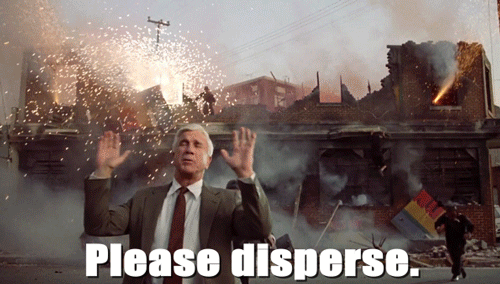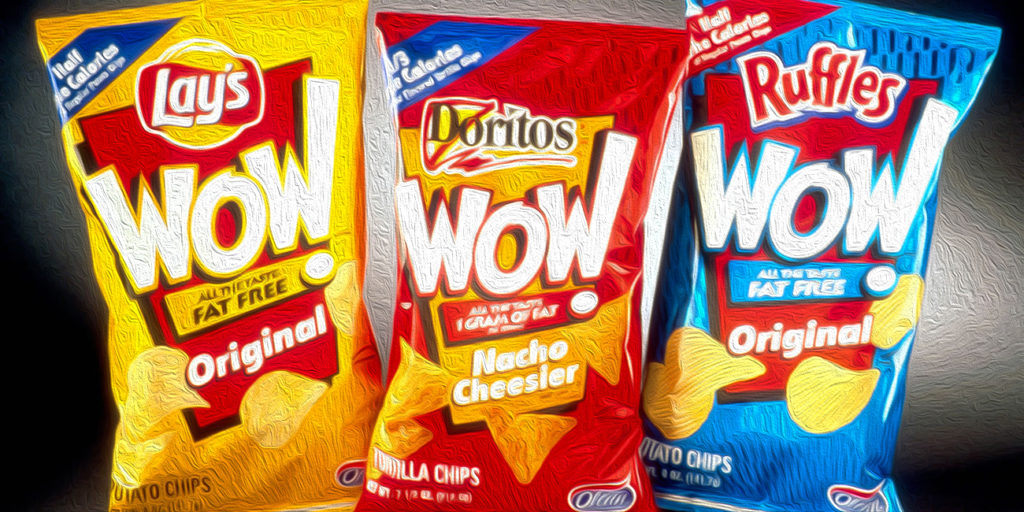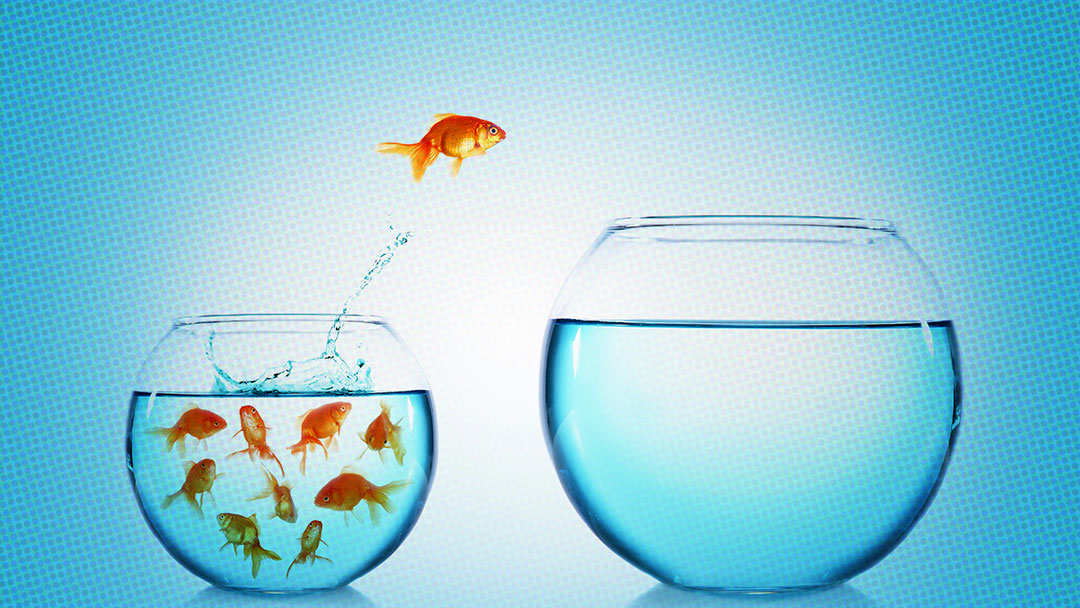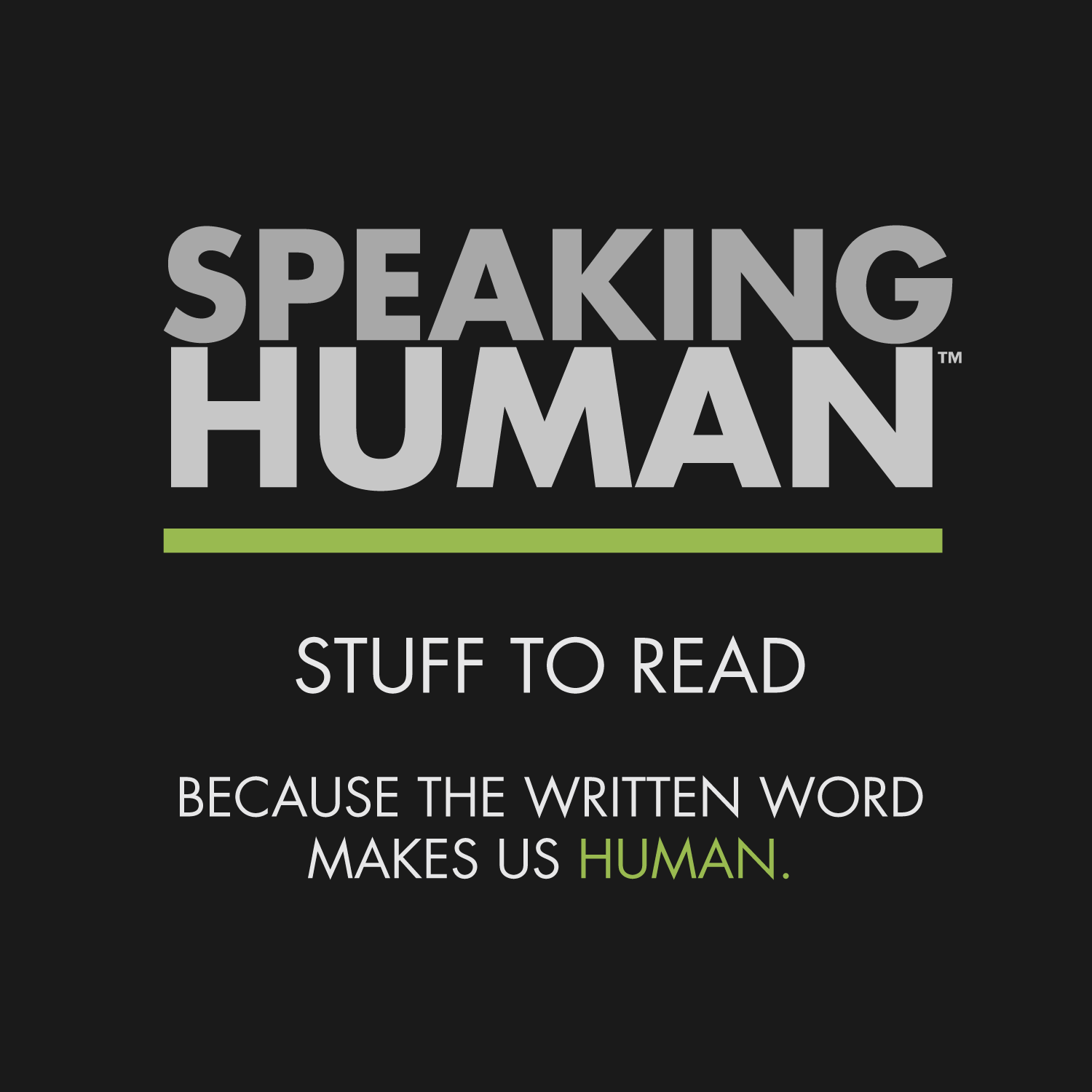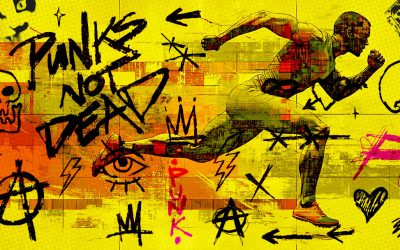5 Biggest Product Disasters of All Time
On a recent episode of our podcast, we dove into a discussion of the Galaxy Note 7 and what impact that product’s implosion (and explosion) will have on the Samsung brand moving forward. That got us thinking about other notable brand product fails and which ones we would classify as the “biggest”.
Of course, we felt compelled to make a list. From a poorly-named energy drink to a leakage-inducing snack to an ill-timed innovation, here are our picks:
Five Biggest Brand Product Fails of the Modern Era
Looking back on historical brand product fails, does the Samsung Galaxy Note 7 even crack the top five? Read through our list and you be the judge…
5. Cocaine
No, we’re not talking about the drug (though you could make a case for that on this list too). In 2006, Redux Beverages introduced an energy drink called Cocaine. What could possibly go wrong? Well, less than a year later the FDA outlawed Cocaine, saying the brand was illegally marketing the drink as a street drug alternative and a dietary supplement.
While energy drink consumers may want the watered-down sensation of drug use, apparently they want it to be unspoken. As a society, we prefer implied cocaine to labeled cocaine. People would rather chug something that “gives them wings” than guzzle “speed in a can”. Who knew?
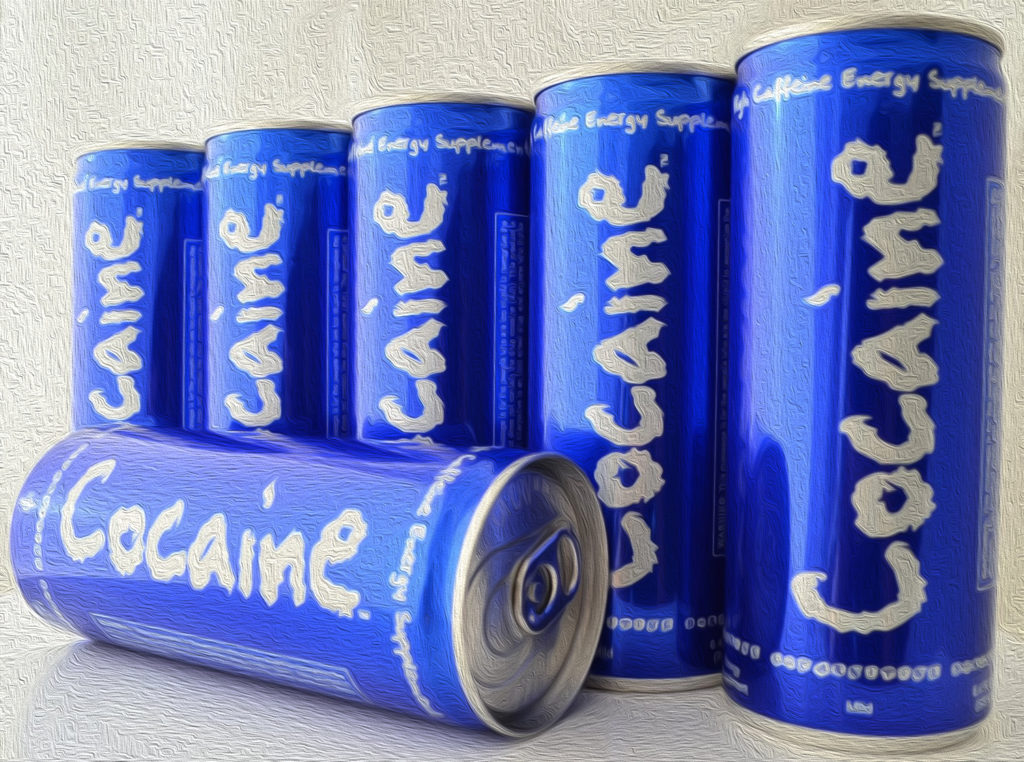
4. Qwikster
In 2011, Netflix decided to abruptly and very casually inform people their service would split in two: One a streaming service stilled called Netflix; the other a disc-via-mail service called Qwikster. Users would get the great benefit of two separate accounts to manage and two separate monthly payments.
After years of growth and goodwill toward Netflix, this announcement came only a couple of months after news of a price bump. It sent many members over the edge, and outrage was loud enough that Qwikster was dead before it even got off the ground. Of course, it didn’t help that Qwikster may be one of the worst business names in history.
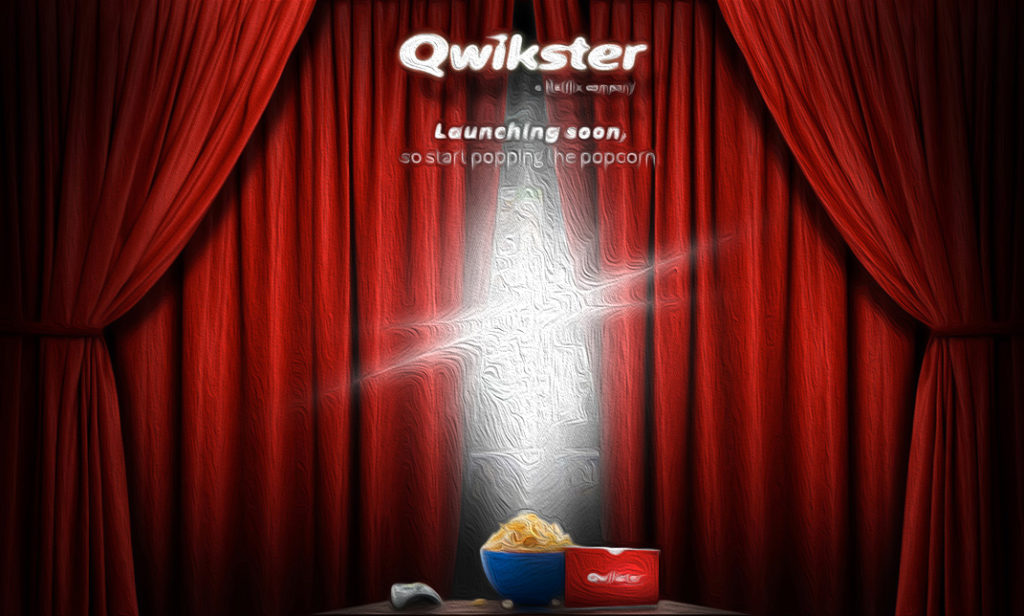
3. Betamax
Despite the fact that many supporters and videophiles will tell you that Sony’s Betamax is actually a higher quality format than JVC’s VHS, Beta has the distinction of being of product punchline almost 30 years after its defeat. You know like, “Ooh, you just got beat down like Betamax!”
Sony put a lot into Beta and had it won the format war, they would’ve seen a significant financial windfall. Instead they were forced to jump on the VHS bandwagon without the luxury of being in the driver’s seat. Strangely enough though, Sony was actually producing new Betamax cassettes up until earlier this year.
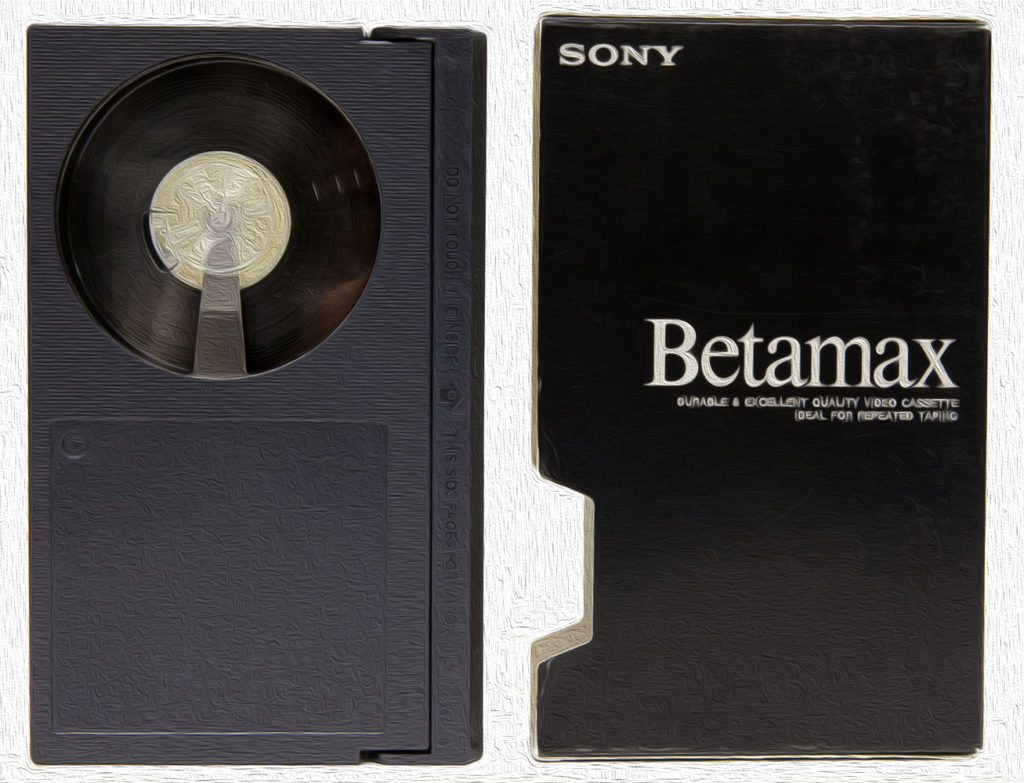
2. WOW Chips
Released in 1998, Lay’s WOW Chips were miraculously fat-free potato chips. A chip without fat? That’s amazing! Sales were huge for these chips when they first hit the market ($400 million year one). Just one problem: The chips were made with Olestra, a fat substitute that caused anal leakage. That’s right, anal leakage.
As leakage lore began to spread, WOW Chips became the subject of news stories and the “butt” of many jokes. Then the FDA stepped in, requiring a label to go on the packaging of WOW chips stating: “Olestra may cause abdominal cramping and loose stools.” The one thing you don’t want your product associated with is diarrhea. You could tell people you’re giving away free iPhones that will cause diarrhea and you probably won’t get too many takers.
1. Newton Message Pad
Now seen as somewhat ahead of its time, people just weren’t ready for the Newton Message Pad when it was released in 1993. A predecessor to the palm pilot, the Newton Message Pad wasn’t necessarily a bad idea, it just came along at the wrong time. While the concept was sound, the technology wasn’t quite there yet. And it was too new, different and expensive ($700) for people to accept its technological shortcomings—namely, handwriting recognition software that wasn’t particularly accurate.
That’s the reason for a lot of ambitious product fails. Sometimes forward-thinking ideas can just run a little too far ahead of both technology and consumers. And unfortunately, in the business world, products—particularly expensive tech products—don’t have a lot of time to let people catch up. Also working against the Newton Message Pad was the fact that, according to this Wired article, a guy named Steve Jobs was not a fan.
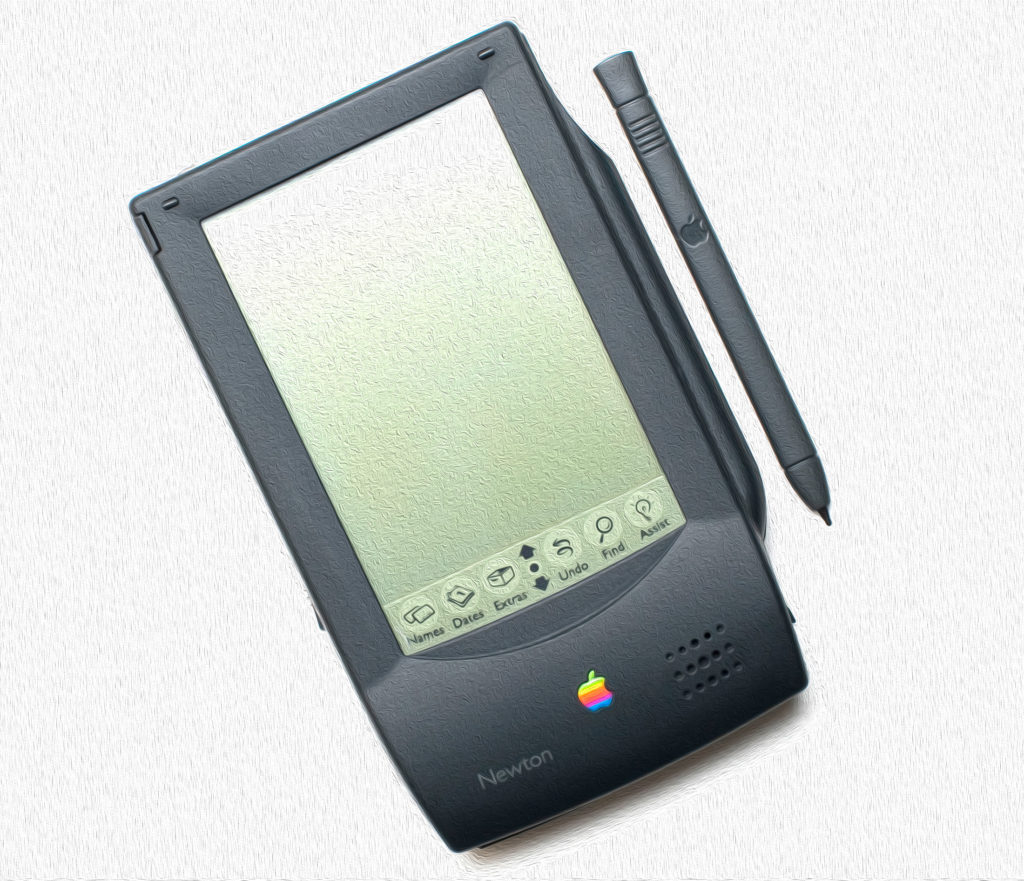
Finding the Opportunity in the Disaster
One final thought… No brand wants a crisis. No company sets out to create a product that bursts into flames or causes diarrhea. But, as history has shown us, it happens. Even with the best of intentions, brands fail.
Oftentimes, those failures are the most important moments for a brand. They are transformational moments. They are opportunities to learn and grow and mold the organization into something better. From a branding and marketing perspective, they are a chance to show people you are becoming something better.
When a crisis occurs, you can’t change the past. But you can change the future. And that’s exactly what strong brands do.
![]()
For more on the biggest brand product disasters (including an additional product fail not included here), listen to this episode of the Speaking Human podcast:
![]()

